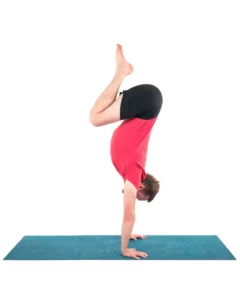Make Peace with Your Least Favorite Yoga Poses
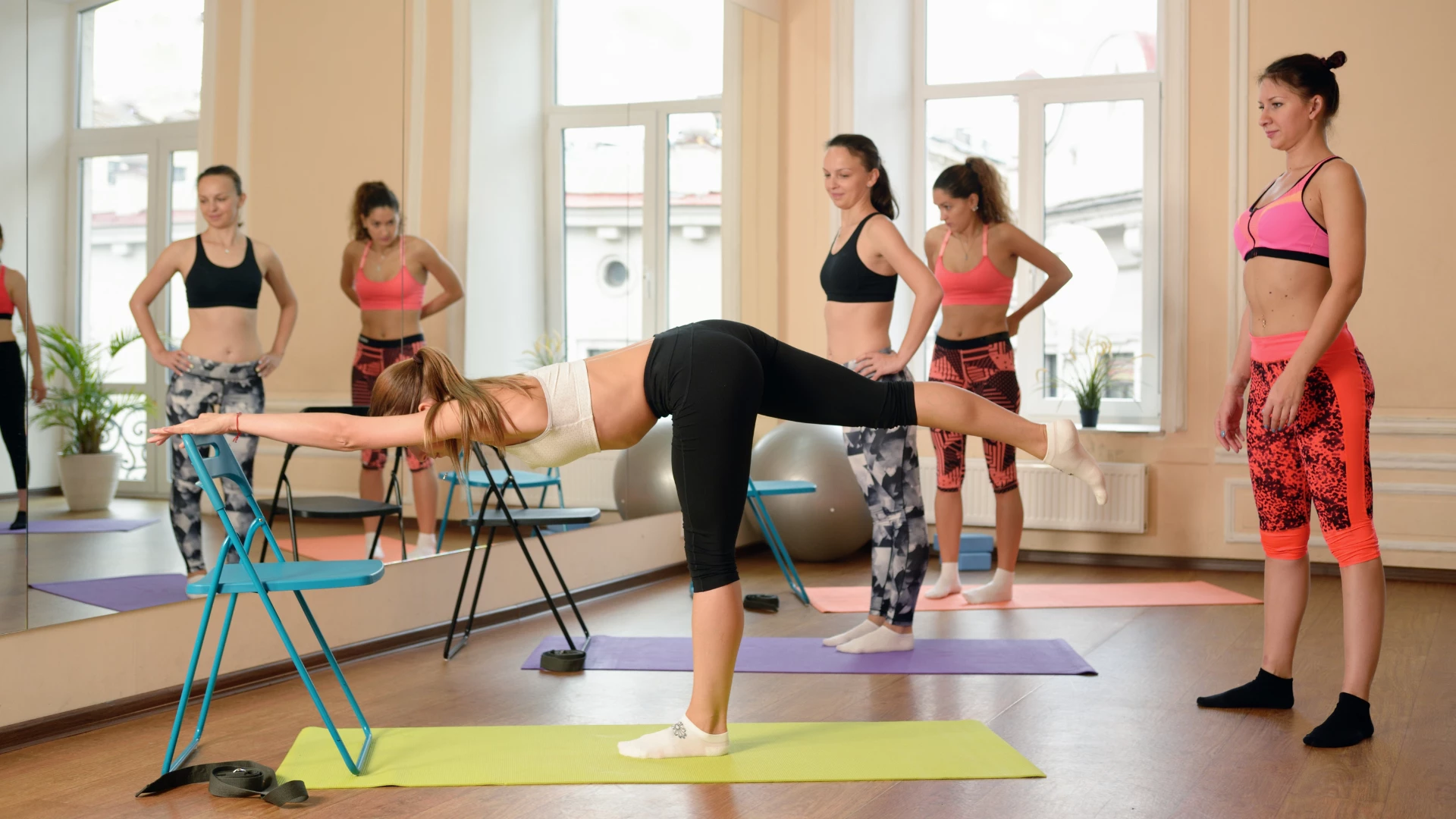
Article At A Glance
What can we learn from practicing our least favorite yoga poses? This article sheds light on the inner peace we can gain by working slowly into the postures that are mentally challenging. Learn how here.
So you’ve already looked around, noticed that other people enjoy poses you hate, and accepted the possibility that you might come to like those poses too. You’ve gazed deep into the eyes of your least favorite yoga poses and recognized them as your own tailored assignments from life, superbly structured to teach you whatever it is that you most need to know.
What then? What strategies work when you take that least favorite yoga poses to the mat? Here are a few that have worked for me.
Break Your Least Favorite Yoga Poses into Pieces
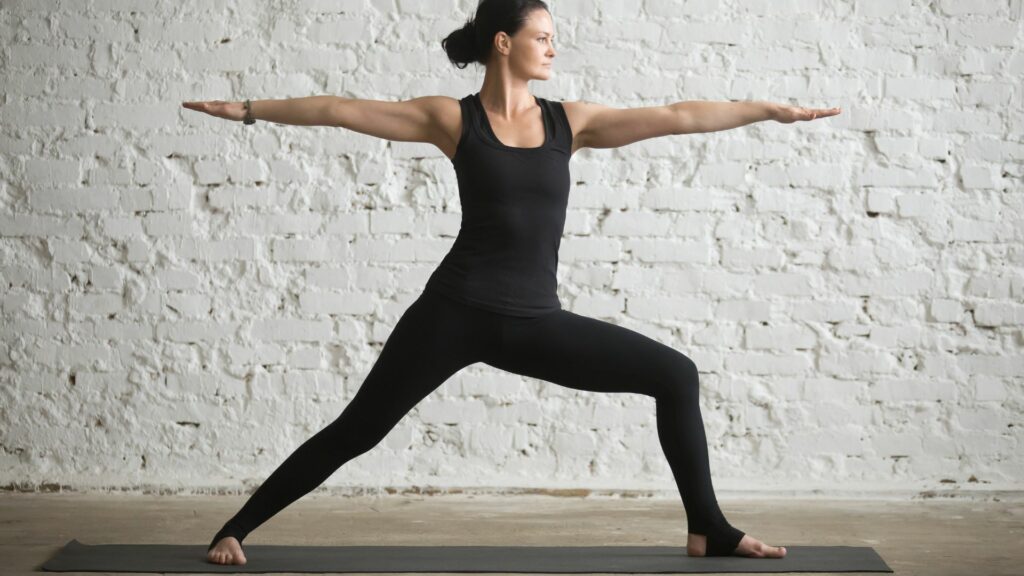
Suppose that, like most of us, you struggle with Warrior III Pose (Virabhadrasana III), in which you balance on one leg, stretching forward through your hands and back through your raised leg, like a human uppercase T with an extra-long crossbar.
Your standing leg, hip, and hamstrings need to be both flexible and strong. You need strong core muscles to maintain the length in your lower back, strong triceps to help stretch your chest forward, a mobile thoracic spine, awareness enough to level your front hip bones, so they face the floor, and, with all of that, enough stability to remain standing.
Instead of pushing yourself into Warrior III in every practice, work with its parts. Find poses that open your hips and both lengthen and strengthen your hamstrings. Remember to lengthen your torso in every pose. And work to build strength in your arms. That could be as simple as keeping your triceps active while you hold Warrior II Pose (Virabhadrasana II).
Work with Prep Poses
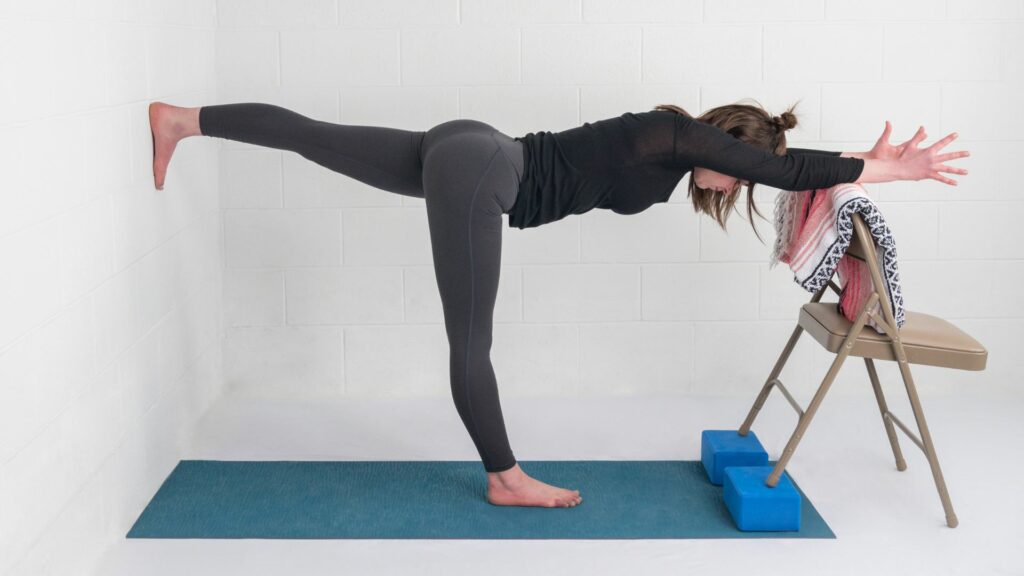
In Warrior III, for example, remove the balance issue by working with your hands on the wall. Focus on keeping your pelvis balanced, and the work in your legs strong.
To focus on the core work, put your hands on a chair seat. Step back until your back becomes parallel with the floor. Then move and release your pelvis. Let your sitting bones rise as high as possible, so your pelvis begins to balance over the heads of your femurs. Without changing the rotation of your pelvis, draw your front ribs towards your spine. As you inhale, fill the hollow in your lumbar spine.
Move Slowly into Your Least Favorite Yoga Poses
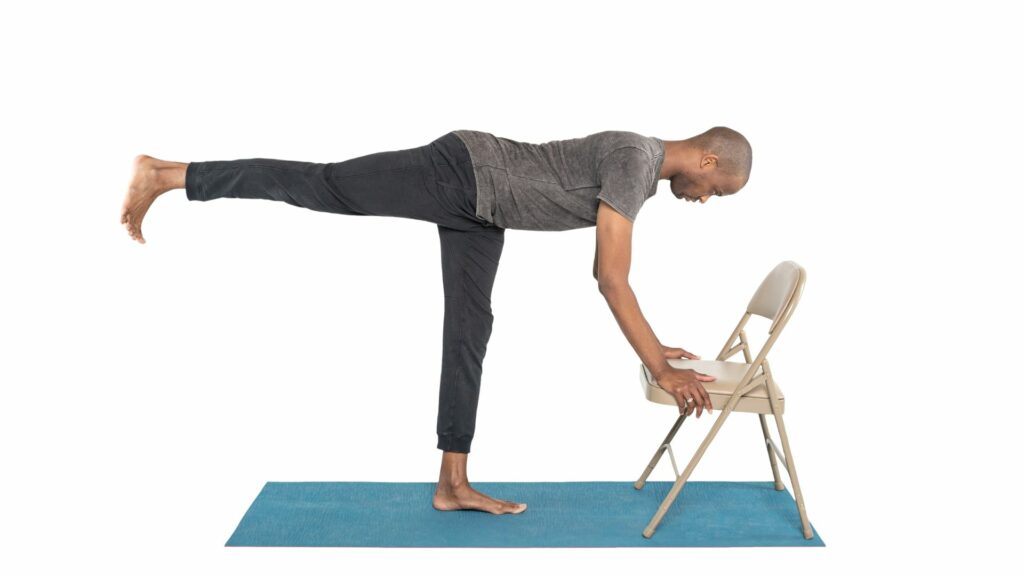
In a power yoga class, I took in Seattle, Eric, the pony-tailed instructor, used to intone: “Going into the pose is the guru. Staying in the pose is the guru. Coming out of the pose is the guru.” But not all gurus are created equal. If you don’t connect with the going-in guru, you’re unlikely ever to meet the other two.
Notice the sticking points, the spots you feel tempted to rush past in order to “be in the pose.” Instead of moving on, be aware of the moment when you first feel challenged by the pose, and stay there, working your edge until your edge moves.
The Benefits of Practicing Your Least Favorite Yoga Poses

When you analyze poses to find out which preparations and partial poses are useful, you will learn more about how poses relate to each other. You’ll become a mature student who works well even in your least favorite yoga poses. Put the preparations first, and then try your challenging poses.
Change takes time. Learn to be content with just a little progress. Remember that as long as you’re practicing, you’re headed in the right direction.
Also, read...
3 Tips for a Stable Warrior III: Using a Wall in Your Yoga Practice
Warrior 2: How To Sequence For Healthy Hip Alignment In A Beginner’s Class
Balancing Act: Warrior III with Yoga Blocks
Related courses

Eve Johnson taught Iyengar Yoga for 18 years before being introduced to Spinefulness in 2016. Convinced by the logic, clarity, and effectiveness of Spinefulness alignment, she took the teacher training course and was certified in July 2018. Eve teaches Spineful Yoga over Zoom and offers an online Spinefulness Foundations course. For course information, go to http://spinefulness.ca.



